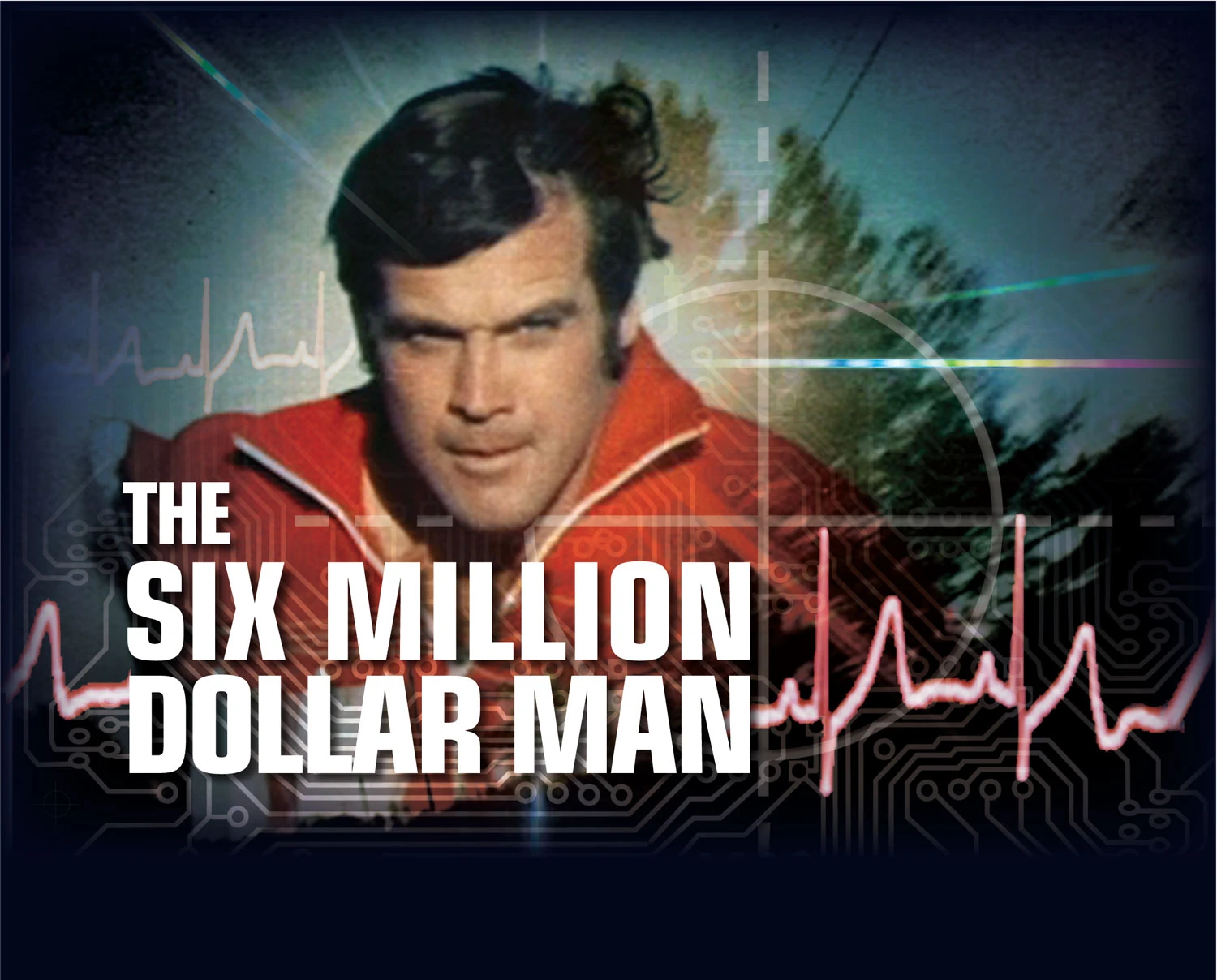Robotic and Art
| http://www.johanscherft.com/ |
 |
| http://bionic.wikia.com/ |
Art is ever-growing and changing, especially
with technology. But that brings negative impact as well. In particular in this week’s reading, the focus is on the
reproduction and authenticity of the art. By Walter Benjamin, since the age of mechanical
reproduction, the reproduced arts are losing the “aura” of the original work
and is largely due to the uniqueness of the existence. By mass reproduction, the
work of art can be presented to the larger population. Hence, people of
different time and place get to see all those works of art at a huge quantity
through a screen. Naturally, people tend
to be tired aesthetically and forget about the aura that the artists had put in
their pieces. But have we really lost the aura of arts? I think because of the
mass reproduction, people begin to value the aura of art once again. According to Douglas Davis, reproduced arts can take infinite forms(382). From viewing
the different reproduced arts, viewer may process the message of the artists better, thus echoing the artist and valuing arts more.
| http://www.mnn.com/ |
References:
Benjamin, Walter. “The Work of Art in the Age of Mechanical Reproduction”. London: Penguin, 2008. Print.
Davis, Douglas. “The Work of Art in the Age of Digital Reproduction”. The MIT Press, 1995. Web. 19 Oct.2012.http://www.jstor.org/discover/10.2307/1576221uid=3739560&uid=2&uid=4&uid=3739256&sid=21101286048881
Misra, Ria. Gizmodo. “All The Times Science Fiction Became Science Fact In One Chart”. http://io9.gizmodo.com/all-the-times-science-fiction-became-science-fact-in-on-1570282491
Moss, Richard. New Atlas. “Creative AI: The robots that would be painters”. http://newatlas.com/creative-ai-algorithmic-art-painting-fool-aaron/36106/
RobotArt. “How can robots create art?”. https://robotart.org/more-info/
Davis, Douglas. “The Work of Art in the Age of Digital Reproduction”. The MIT Press, 1995. Web. 19 Oct.2012.http://www.jstor.org/discover/10.2307/1576221uid=3739560&uid=2&uid=4&uid=3739256&sid=21101286048881
Misra, Ria. Gizmodo. “All The Times Science Fiction Became Science Fact In One Chart”. http://io9.gizmodo.com/all-the-times-science-fiction-became-science-fact-in-on-1570282491
Moss, Richard. New Atlas. “Creative AI: The robots that would be painters”. http://newatlas.com/creative-ai-algorithmic-art-painting-fool-aaron/36106/
RobotArt. “How can robots create art?”. https://robotart.org/more-info/


Hi Yifan,
ReplyDeleteI found your post very well written. I enjoyed your discussion about how robots, though thought of as non-creative beings, are learning how to create art. Mechanization, the improvement of technology, has allowed the creation of robots and the mass production of art, resulting in a supposed devaluing of art. However, if creativity is instilled into robots, then perhaps it will usher in a new age of creativity. Additionally, when looking at the Van Gogh painting you included it caused me to truly comprehend the devaluing that has occurred. I remember seeing that painting in real life and my awe was gone as I had seen that replicated image so many times it wasn't even a big deal to me.